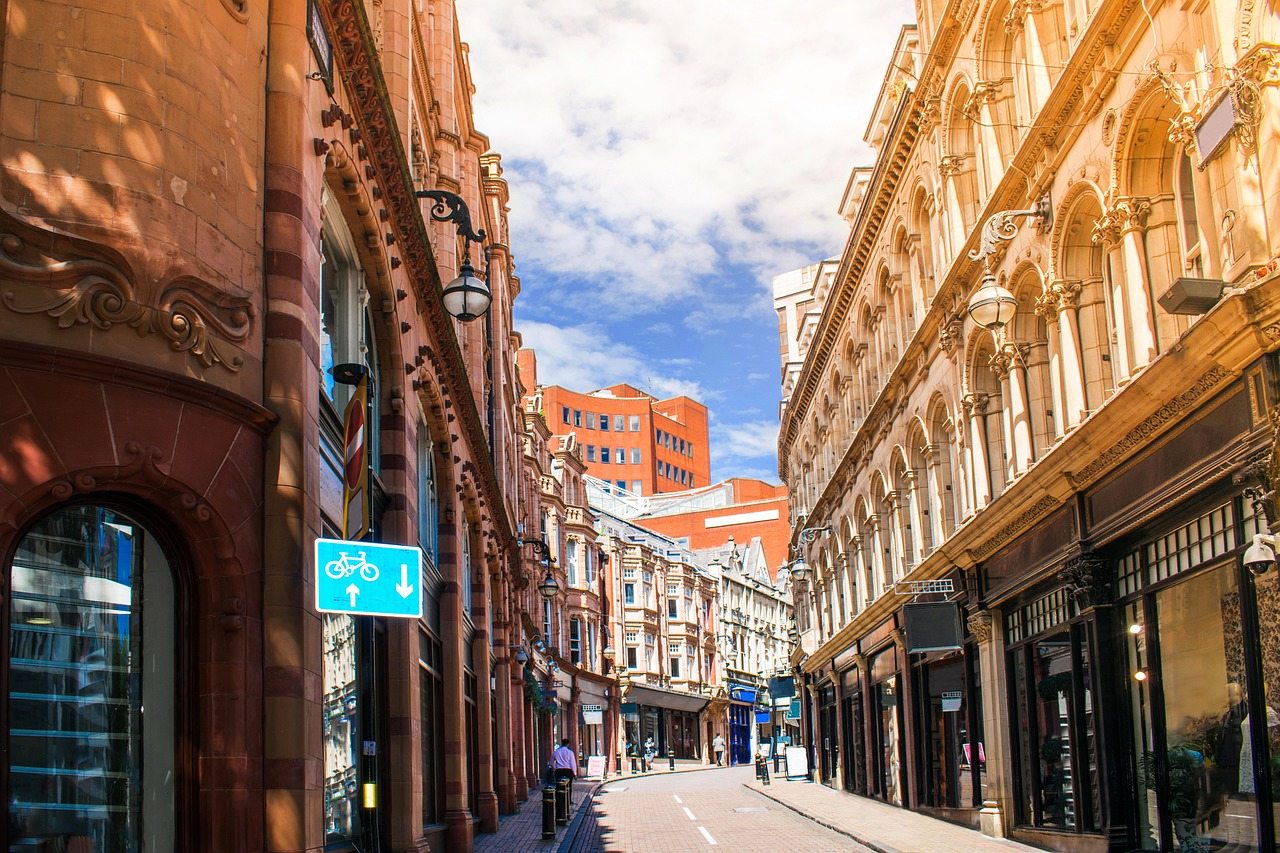Is Seville dangerous? When it comes to Seville safety, it is important to note that the city is generally considered safe for tourists. However, as with any destination, it is important to take certain precautions and be aware of potential risks.
Common Causes of Injury
One potential cause of injury in Seville is the heat during the summer months. The city can experience temperatures above 40 degrees Celsius (104 degrees Fahrenheit), which can lead to heat stroke and dehydration if proper precautions are not taken. It is important to stay hydrated, wear sunscreen, and take breaks in the shade or indoors during the hottest parts of the day.
Another potential cause of injury is the uneven and cobblestone streets in the city’s historic center. Visitors should be careful when walking, especially in heels or flip-flops, as the uneven surfaces can cause trips and falls.
Natural Dangers
Seville is not known to have any significant natural dangers. However, as with any city, it is important to be aware of one’s surroundings and take precautions to prevent theft, pickpocketing, or other crimes.
Weather-related Risks
The best time to visit Seville weather wise would be during the spring, fall or winter. The city is known for its hot and dry summers, with temperatures often reaching 40 degrees Celsius (104 degrees Fahrenheit). This can make sightseeing and outdoor activities difficult and uncomfortable. In contrast, the spring and fall bring milder temperatures, making it a more comfortable time to explore the city.
Crime
Overall, Seville has a low crime rate compared to other major cities in Europe. However, as with any destination, it is important to be aware of potential risks and take precautions to prevent theft, pickpocketing, or other crimes.
Pickpocketing is the most common crime in Seville, and it is most likely to occur in crowded tourist areas such as the historic center, the Alcazar and the Cathedral. Visitors should be especially vigilant in these areas and should keep their valuables and personal belongings close to them at all times.
It is also recommendable to avoid certain neighborhoods at night, such as the Triana, La Macarena and Nervión. These neighborhoods are considered more dangerous than the rest of the city at night and should be avoided by tourists.
In conclusion, Seville is generally considered a safe destination for tourists. However, visitors should take certain precautions, such as staying hydrated, being aware of their surroundings, and taking care when walking on uneven streets. It is also important to be vigilant in crowded tourist areas and to avoid certain neighborhoods at night. With these precautions in mind, visitors can have a safe and enjoyable experience in Seville.



